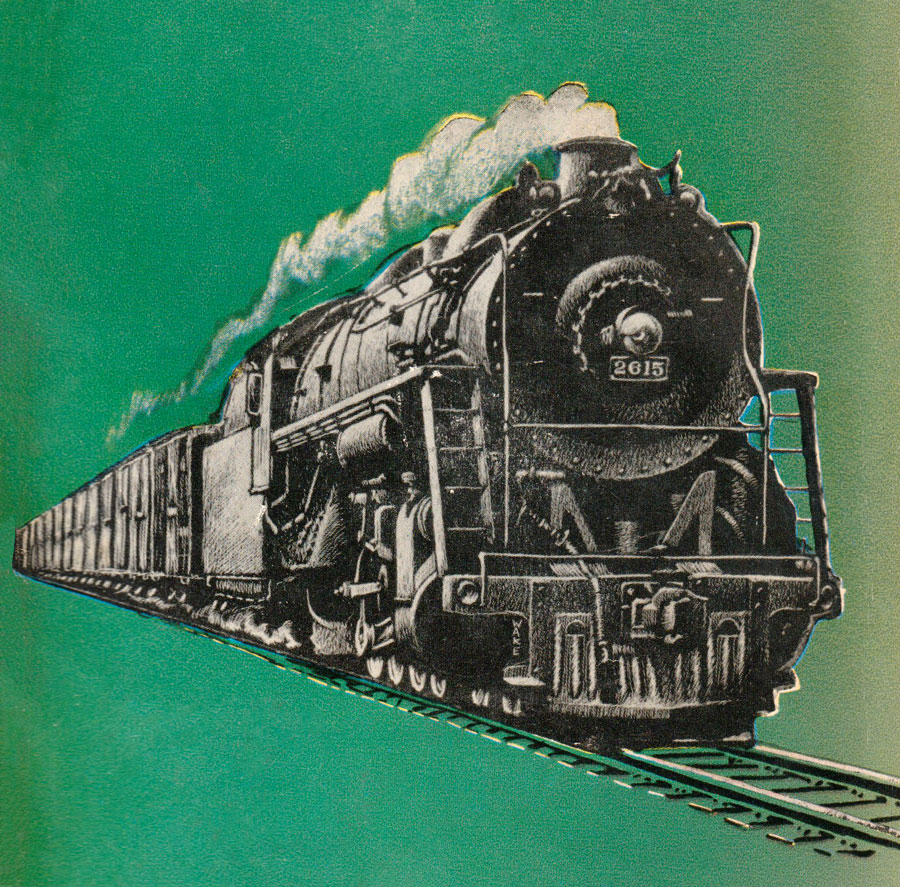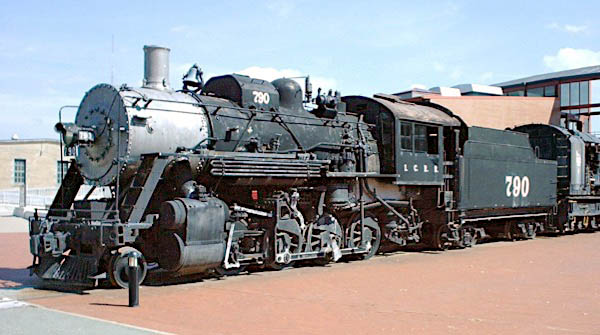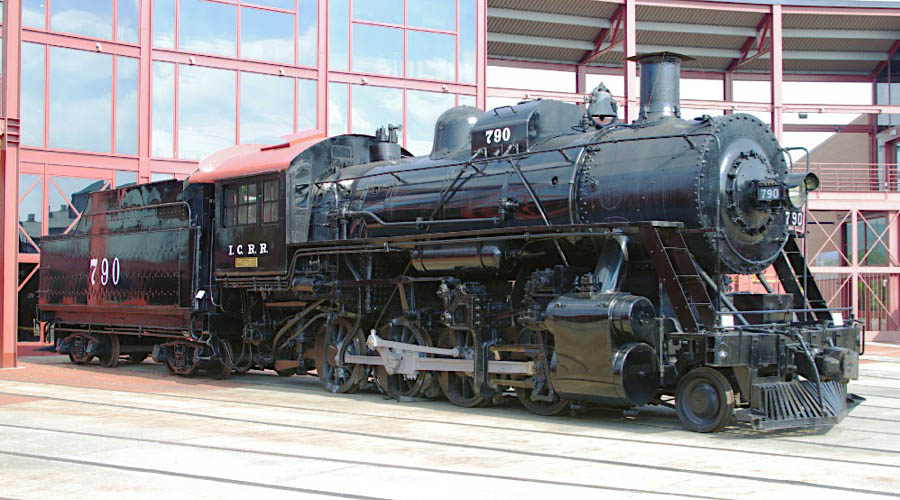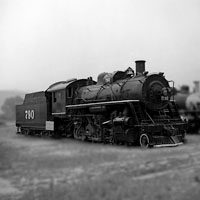 |
Illinois Central Steam Locomotives |
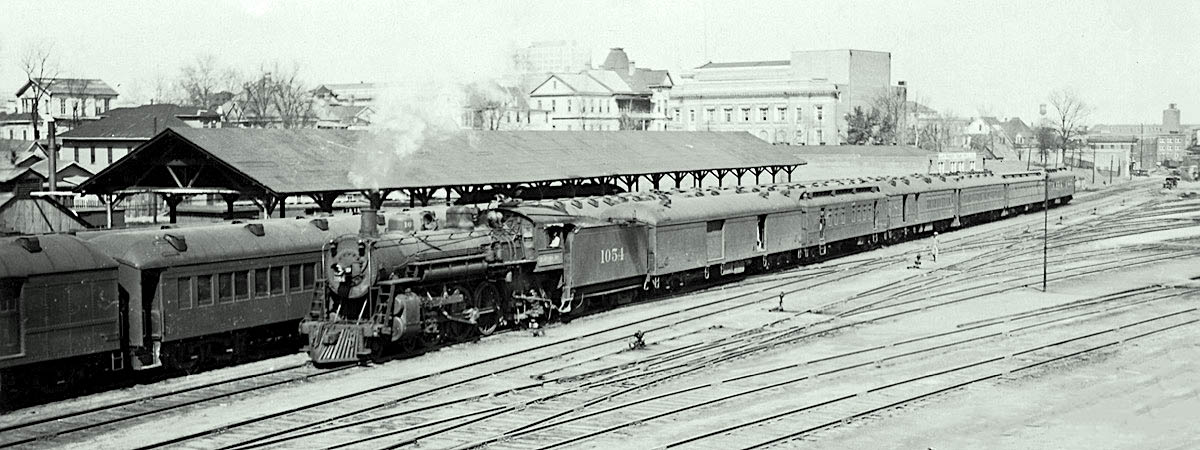
collection
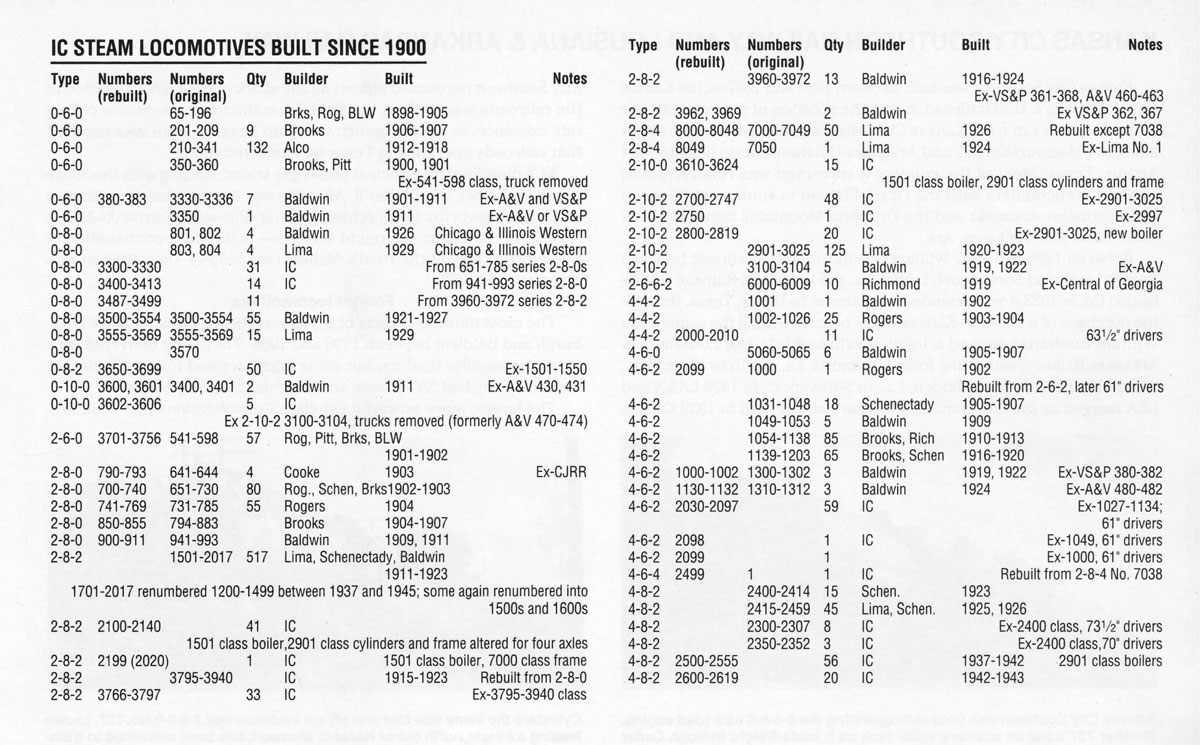
from Guide to North American Steam Locomotives
by George Drury / collection
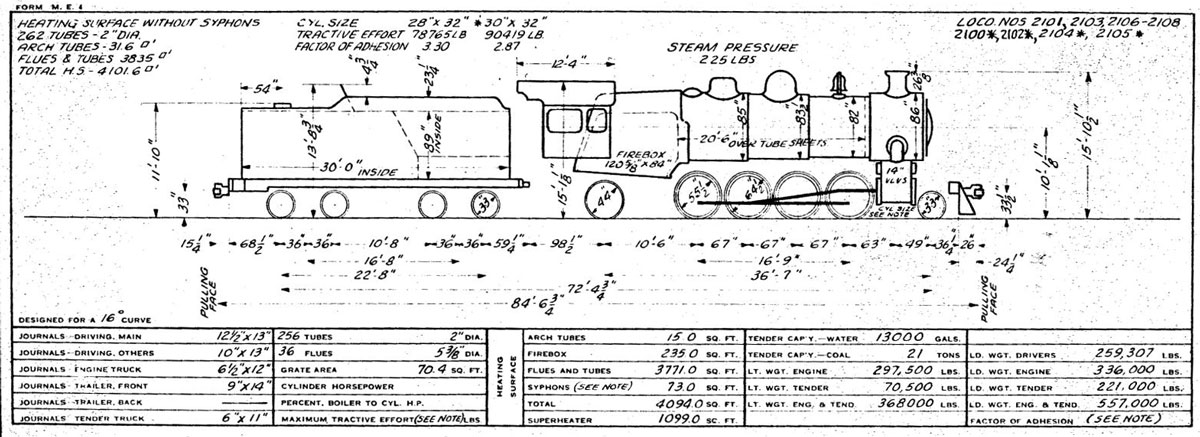
collection
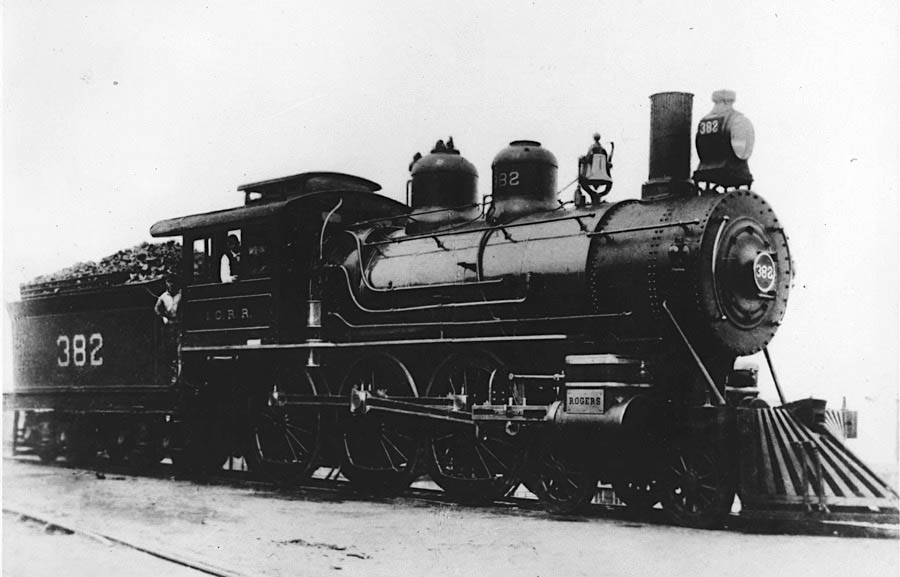
collection

Our scrapbook below is in no way comprehensive of the Illinois Central steam roster, but instead offers a sampling of our favorite locomotive types.

collection
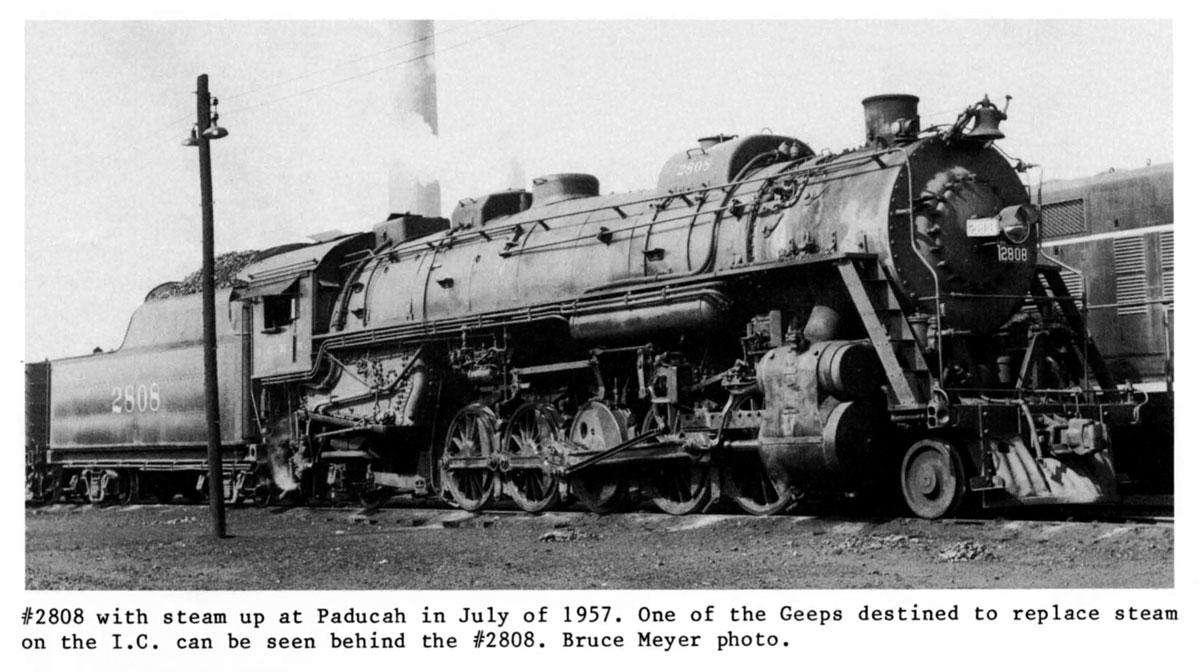
from Illinois Central Historical Society Green Diamond #27 / collection
Samples
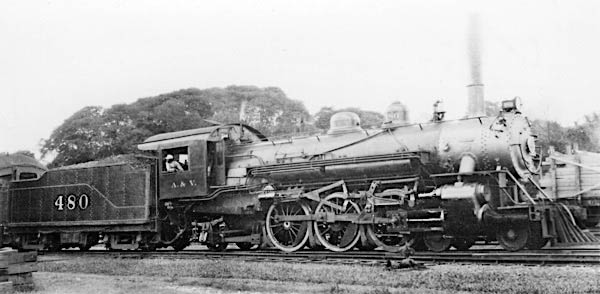
Alabama & Vicksburg #480
Baldwin 4-6-2 (1922) / Vicksburg, Ms / Sep 1923 / collection
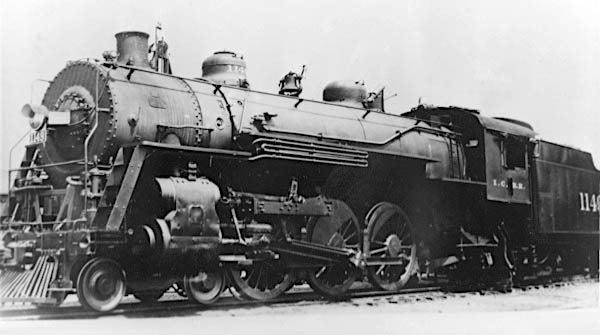
Illinois Central #1149
Baldwin 4-6-2 (1909) / collection
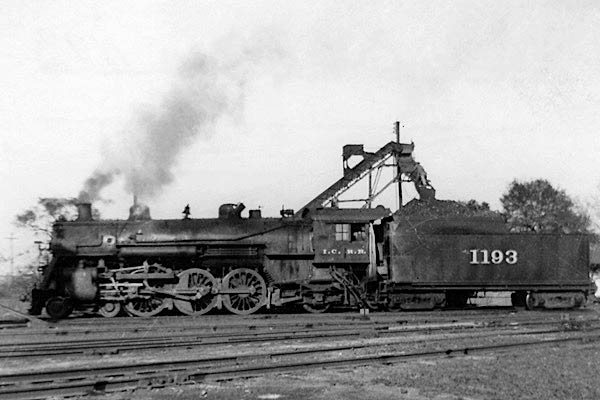
Illinois Central #1193
Alco-Brooks 4-6-2 (1916) / Gulfport, Ms / Dec 1946 / collection
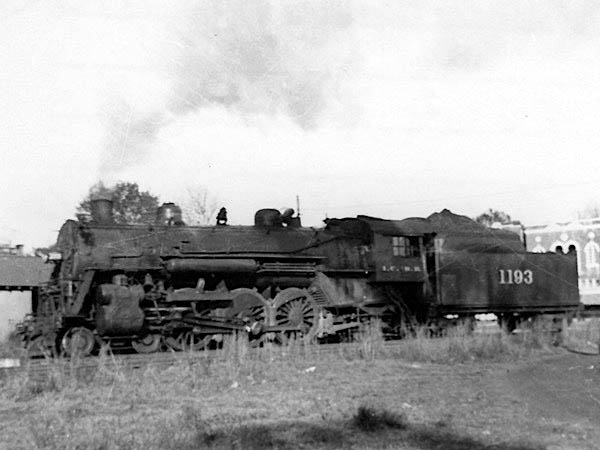
Gulfport, Ms / Dec 1946 / collection
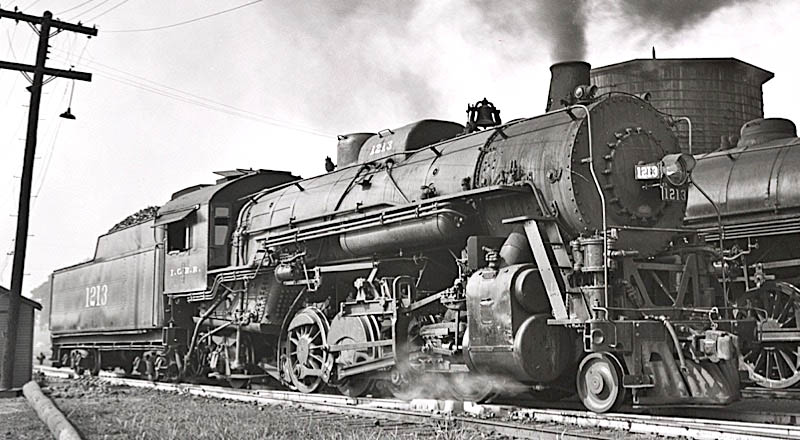
Illinois Central #1213
Lima 2-8-2 (1915) / New Orleans, La / Jun 1955 / Michael Palmieri collection
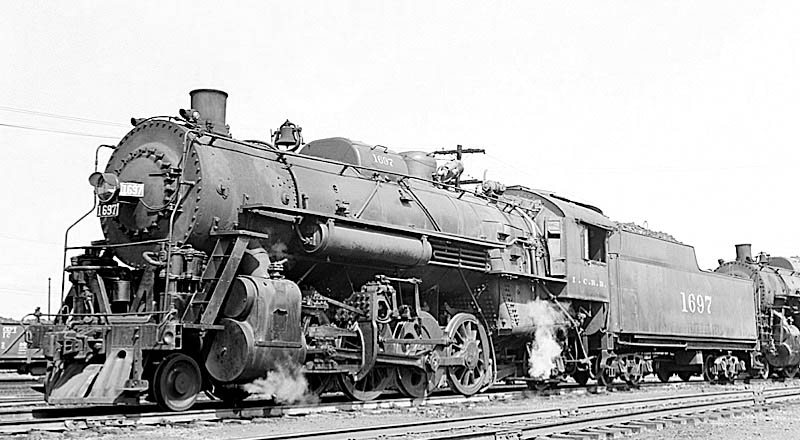
Illinois Central #1697
Baldwin 2-8-2 (1954) / New Orleans, La / May 1954 / Michael Palmieri collection
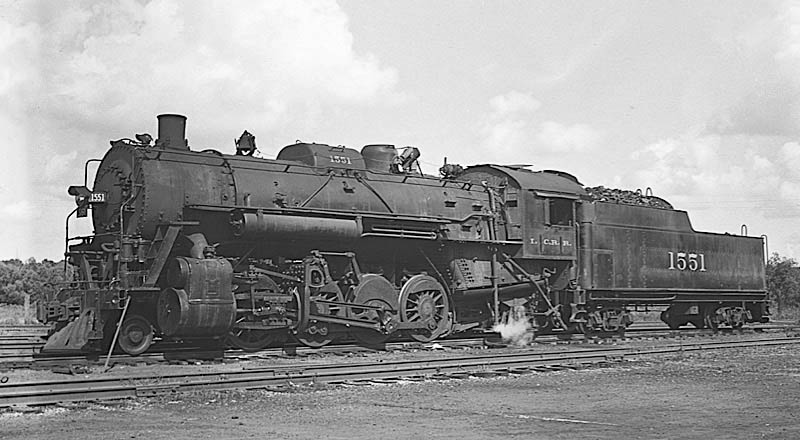
Illinois Central #1551
Baldwin 2-8-2 (1923) / New Orleans, La /
May 1954 / Michael Palmieri collection
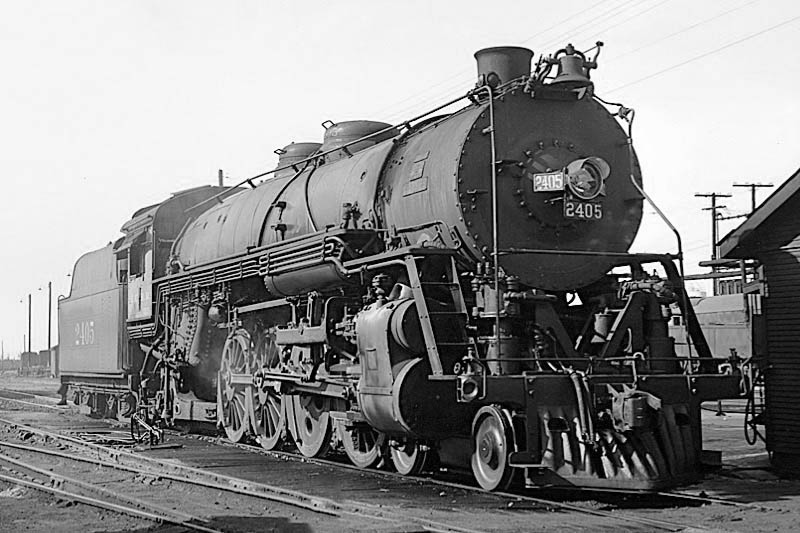
Illinois Central #2405
Alco-Schenectady 4-8-2 (1923) / New Orleans, La /
Nov 1948 / Michael Palmieri collection
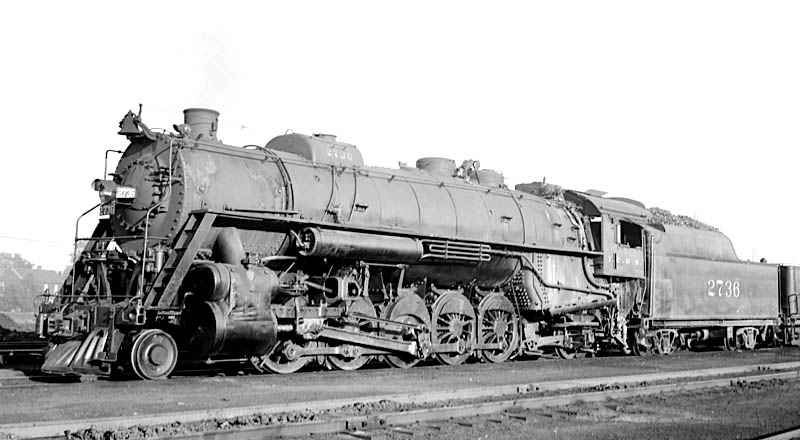
Illinois Central #2736
Lima 2-10-2 (1921) / Paducah, Ky / Jul 1953 / collection
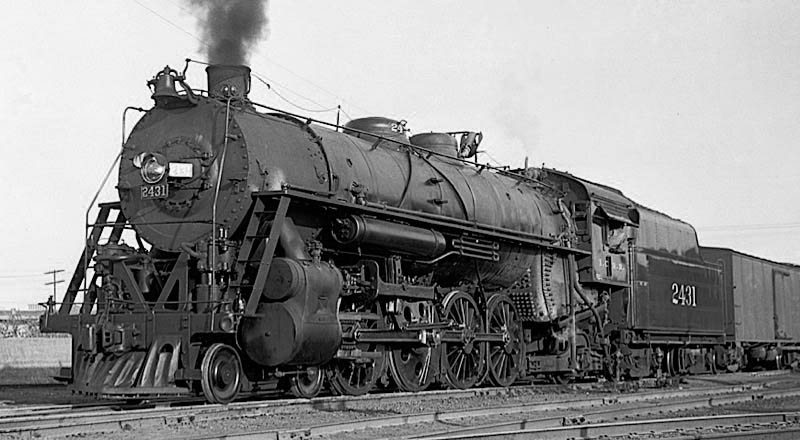
Illinois Central #2431
New Orleans, La / Oct 1948 / Michael Palmieri collection
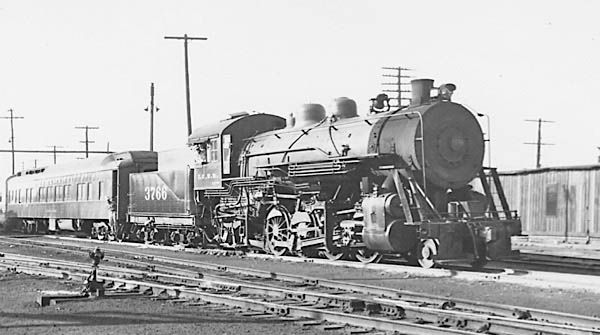
Illinois Central #3766
Alco 2-8-2 / New Orleans, La /
Nov 1949 / Michael Palmieri collection
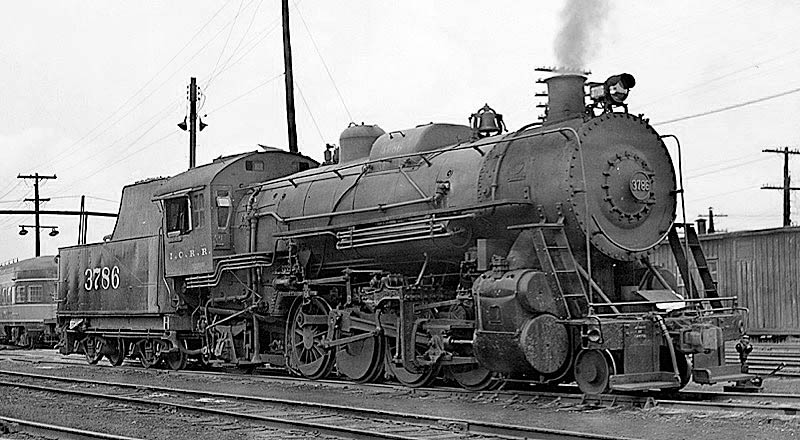
Illinois Central #3786
New Orleans, La / Nov 1949 / Michael Palmieri collection
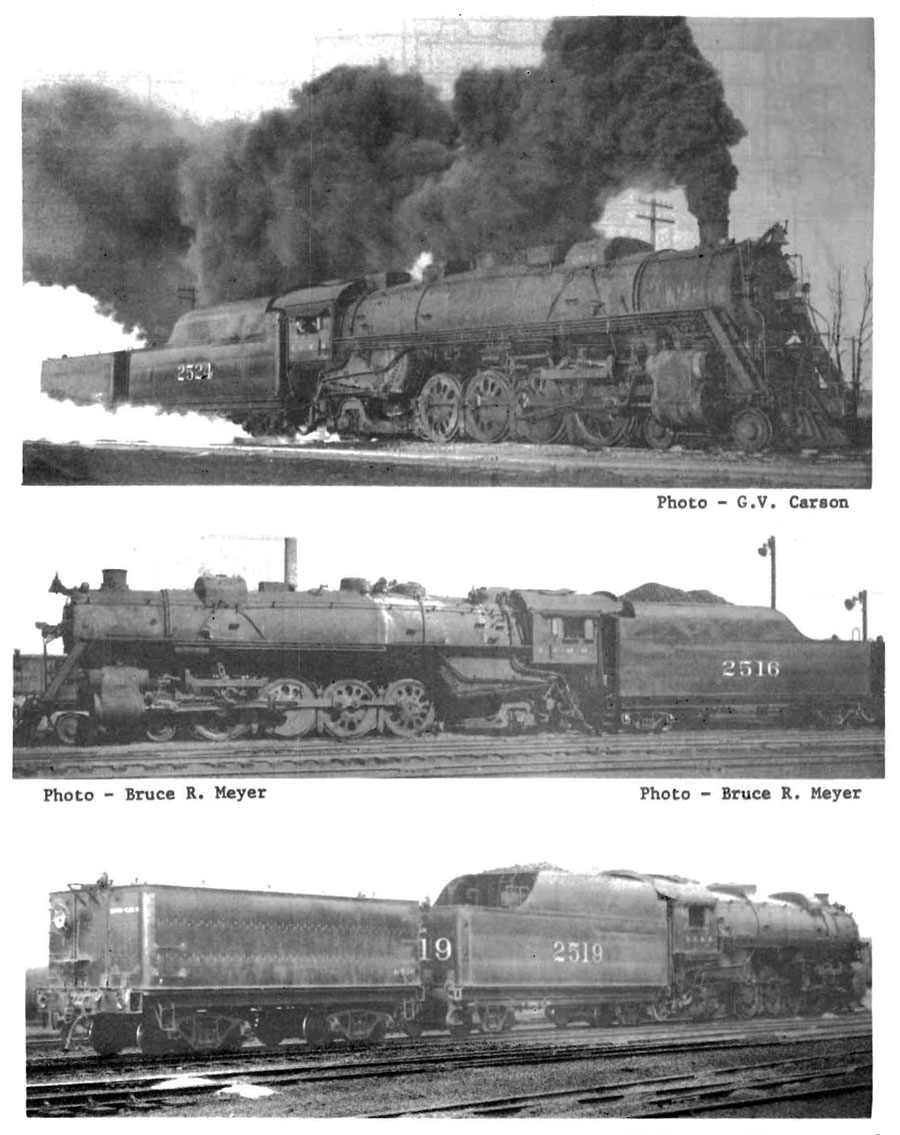
from Illinois Central Historical Society Green Diamond #10 / collection
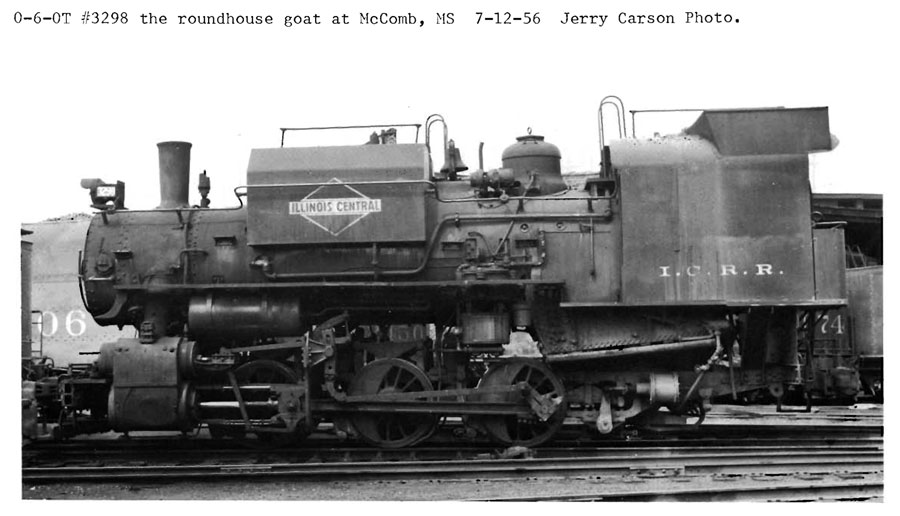
from Illinois Central Historical Society Green Diamond #16 / collection
Scenes

Illinois Central #1032
collection
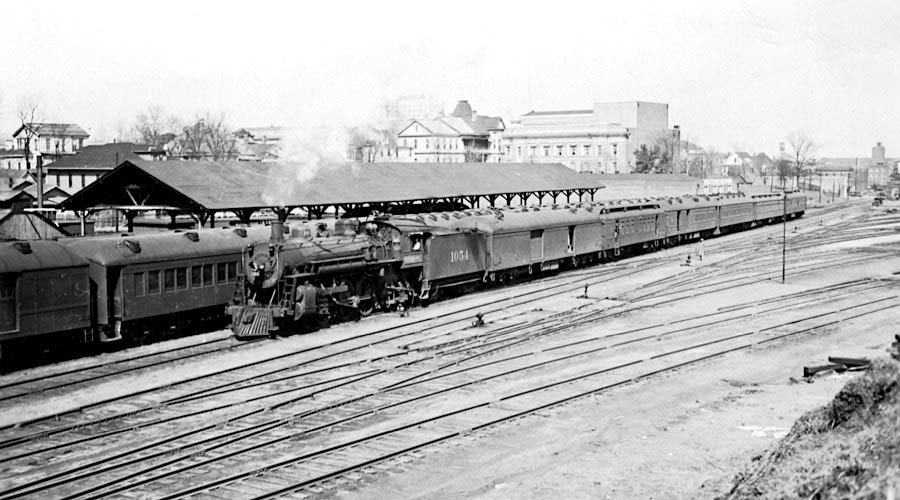
Illinois Central #1054
collection
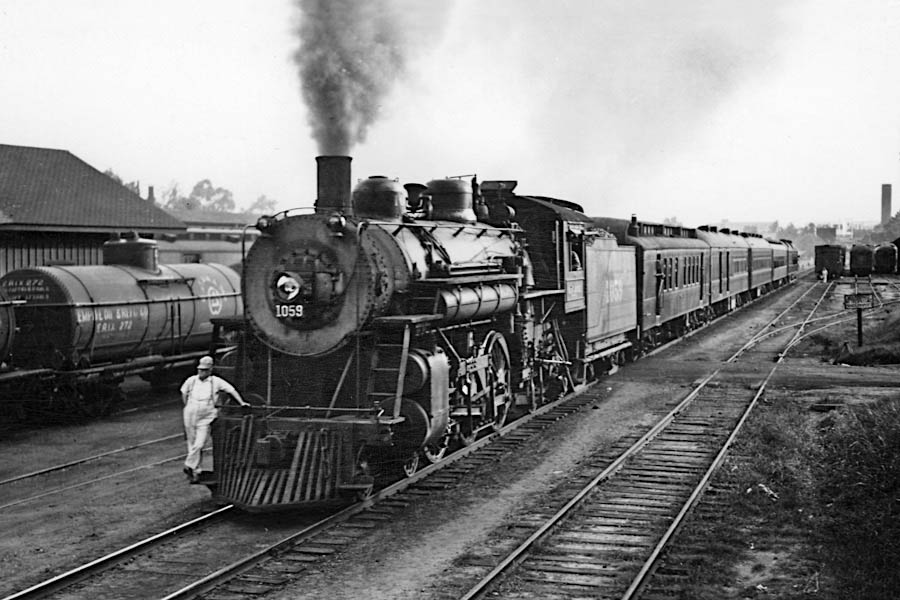
Illinois Central #1059
Shreveport, La / 1932 / collection

Illinois Central #1118
collection
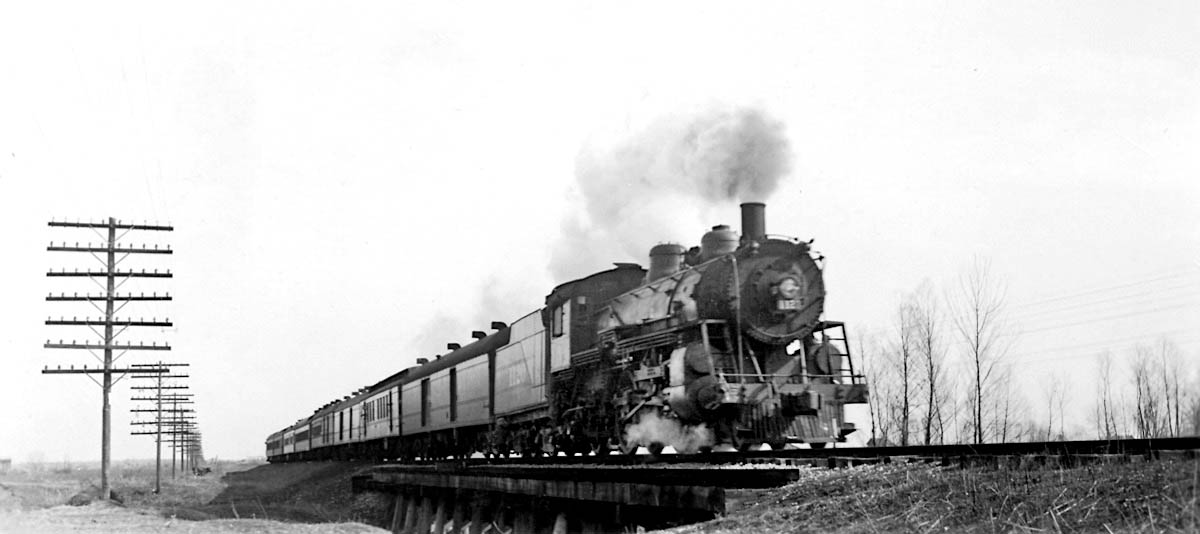
Illinois Central #1120
Fosters, La / Jan 1940 / collection
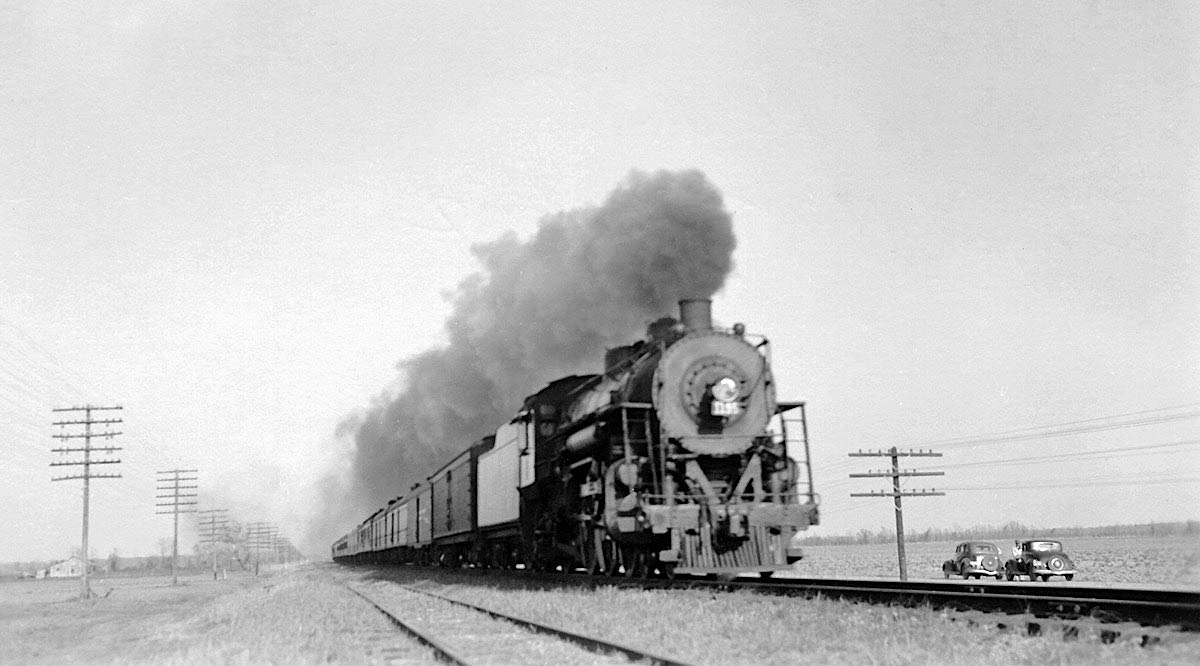
Illinois Central #1195
collection

Illinois Central #1512
Hammond, La / 1953 / collection

Illinois Central #1697
Tickfaw, La / Apr 1954 / collection
 Survivors
Survivors
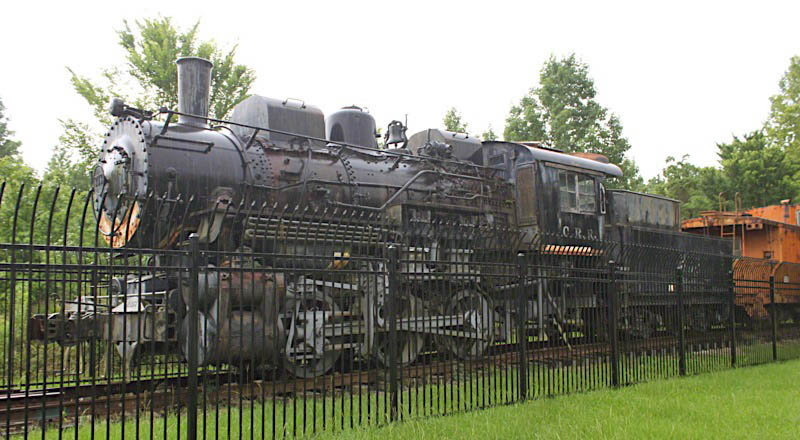
Illinois Central #333
Tioga, La / Sep 2019 / rgusrail.com


Illinois Central #333
to Charles Black Sand & Gravel Co.
to Arts & Science Center, Baton Rouge, La
to Tioga Heritage Park, Tioga, La
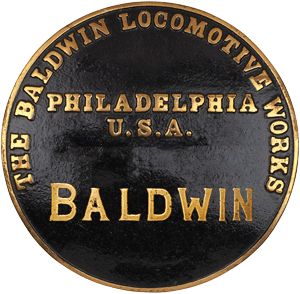
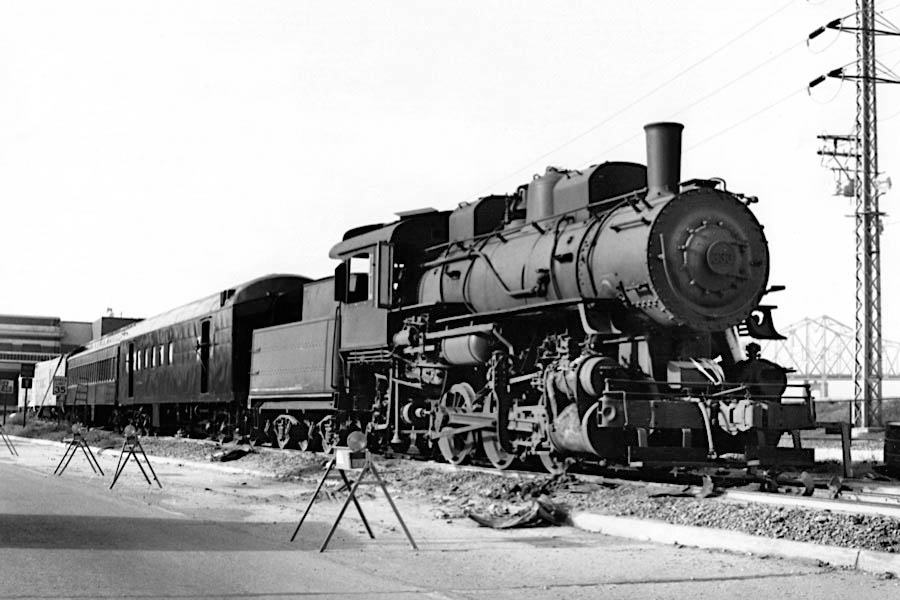
Baton Rouge, La / c 1975 / Louis Saillard
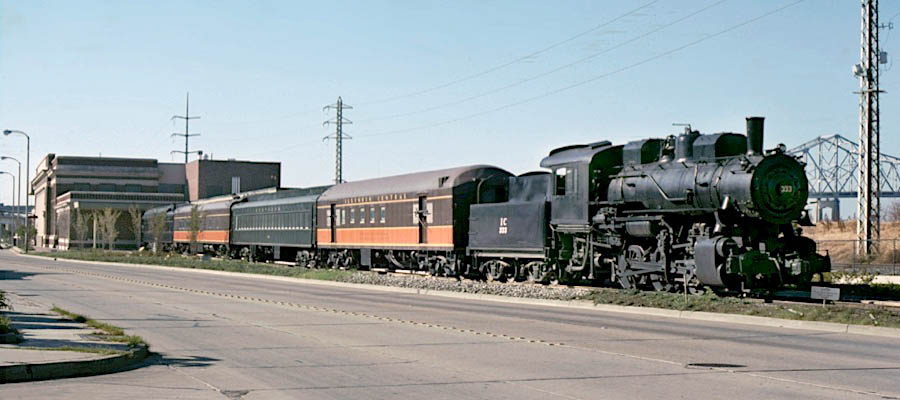
Baton Rouge, La / Oct 1977 / Michael Palmieri
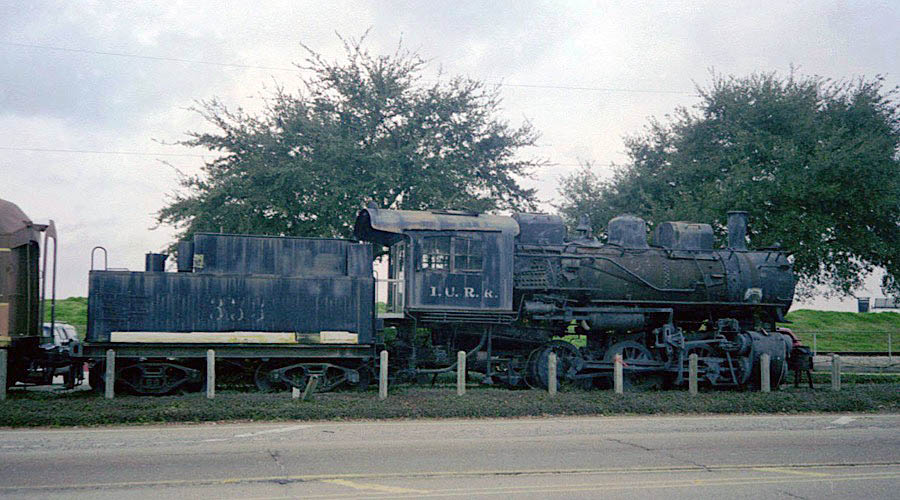
Baton Rouge, La / Mar 2003 / JCH
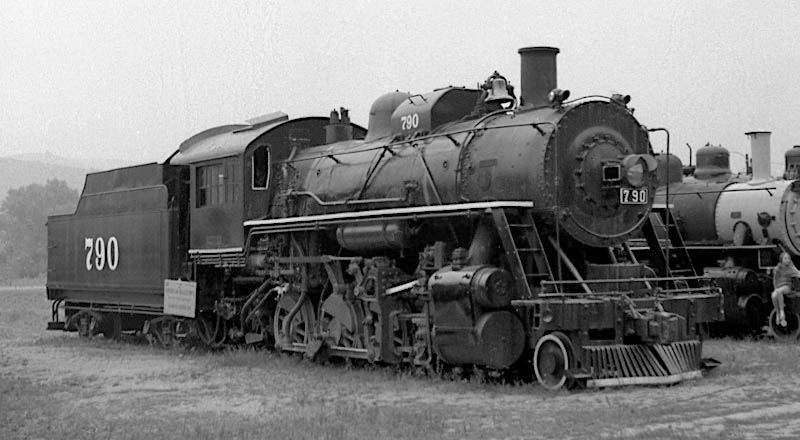
Illinois Central #790
Bellows Falls, Vt / Aug 1971 / JCH


Illinois Central #790
to Illinois Central #641, 1904
rebuilt and superheated by IC, 1918
to Illinois Central #790, 1943
to Nelson Blount, Steamtown, 1966

 Article
Article
Time Machine: The Old Steam Locomotive a Cedar Rapids Man Saved
November 2021
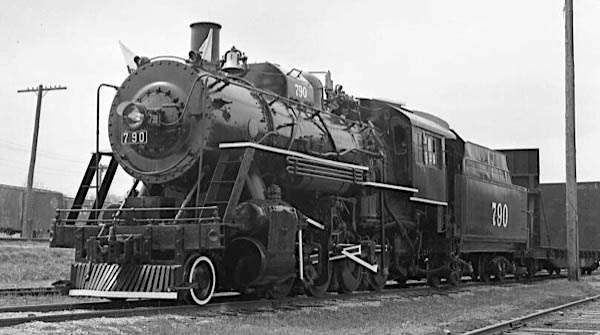 Illinois Central steam locomotive No. 790 had spent 55 years in freight service and was headed for the scrap yard in 1959 when “railfan” Lou Keller bought it and brought it to Cedar Rapids from Memphis, Tenn.
Illinois Central steam locomotive No. 790 had spent 55 years in freight service and was headed for the scrap yard in 1959 when “railfan” Lou Keller bought it and brought it to Cedar Rapids from Memphis, Tenn.
Keller, owner of Keller’s Office Supply at Second Avenue and Fifth Street SE, put the locomotive on a siding near Oakland Road NE, where people came to inspect the engine under the guidance of four boys Keller hired as guides.
They conducted tours around the 61-foot-long locomotive, explaining the workings of the 2-8-0 consolidation-type engine. The engine was built in November 1903 by the American Locomotive Co. for the Chicago Union Transfer Railway Co.
Locomotive 790 operated on 195 pounds of pressure and carried 8 tons of coal and 7,000 gallons of water. Empty, it weighed 110 tons.
The locomotive was sold to the Illinois Central Railroad in 1904 and renumbered No. 641. In 1918, it was rebuilt to a “superheated heavy freight locomotive.” It was renumbered again in 1943, becoming IC 790.
Diesel engines began being used widely in the 1950s, replacing steam locomotives.
After Keller bought the steam locomotive, he moved it and its caboose to the Darling Co. rail yard, formerly the Rock Island Railroad roundhouse, not far from the west shore of Cedar Lake, where it was dismantled and overhauled.
The work was done by July 1960, and Keller added rail cars so he could run excursions between Cedar Rapids and Ottumwa in September, with Milwaukee Railroad employees at the controls, steaming along Milwaukee Railroad tracks.
On Sept. 17, the steam locomotive pulled out of Cedar Rapids on the track next to the First Avenue municipal parking lot, the first to do so in 15 years. It towed four air-conditioned Milwaukee-Hiawatha cars, a baggage-refreshment car and an old-time combine car, which carried both passengers and freight.
Charles Jones Sr., the son of famed railroad engineer Casey Jones, rode along on both the Sept. 17 and 18 excursions. Charles had been 12 years old when his father died in the wreck of the “Cannonball“ locomotive in 1900. ”The Ballad of Casey Jones“ immortalized the wreck and Jones’ actions, which saved lives.
The locomotive’s two excursions drew 622 passengers — 282 on Saturday and 340 on Sunday. The Sunday run featured a train robbery near Fairfax staged by about 15 “armed” horsemen from the West Side Saddle Club.
Firemen in Williamsburg and Sigourney used hoses to replenish the engine’s water supply since the old water tanks that once supplied steam engines no longer existed.
C.D. Fullerton of Cedar Rapids, a retired Rock Island engineer who helped with the locomotive’s reconditioning, got off the train at its first water stop in Williamsburg. He got left behind.
“In 50 years of railroading, it was the first time he ever missed a train,” The Gazette reported. “He tried in vain to hire a cab to take him down the line to catch his train.
“To the rescue came George Schindler, steward of the Iowa County Home, who took Mr. Fullerton to Parnell, passing the train en route. There was still the problem of stopping the train. Mr. Fullerton solved it by borrowing Mr. Schindler’s shirt to flag down the 790.”
While the 790 was rare, it was not the only operating steam locomotive in the country.
But it was the only one that “was rebuilt into operating condition by a handful of Cedar Rapids men who, although they had varied types of employment, shared one common love — steam railroading. The results of this dedicated labor were shown quite dramatically when the 790 took Rutledge hill at Ottumwa ”with no helper service,” reported V. Allan Vaughn, president of the Iowa chapter of the National Railway Historical Society in Oelwein.
The Old 790 continued running on short rails at Hawkeye Downs after 1960, and it remained on display there until 1965, running along a 490-foot track during the All-Iowa Fair and other exhibitions.
The engine was called back into service in April 1965 when floodwaters covered railroad tracks in Clinton.
Vast stores of corn were threatened in the Clinton Corn Processing Co. plant. Diesel locomotives could not run through water deeper than a few inches. Old 790 could run through water up to its firebox — about 5 feet.
 A diesel engine towed Old 790 to Clinton, where it hauled out 50 carloads of corn per day through the floodwaters.
A diesel engine towed Old 790 to Clinton, where it hauled out 50 carloads of corn per day through the floodwaters.
News reports of the engine’s rescue mission appeared in New York City, where the New York Central Railroad had been looking for a steam engine to pull excursion and ski trains in the Adirondack Mountains.
Keller, saying the 790 was “too much engine” to rust away on a siding, sold the locomotive. It was delivered to Chicago, where New York Central hauled it to Lake Placid, N.Y.
In 1966, Old 790 was sent to Steamtown USA, in New Hampshire. In 1984, it went to the Steamtown National Historic Site in Scranton, Pa., where it remains today.
Keller, the man who saved Old 790, left the office supply business and drove for CRST and then Westside Transport. He remained a member of the Iowa chapter of the National Railway Historical Society until he died in 1985.
Diane Fannon-Langton / Cedar Rapids Gazette

Illinois Central #2542
McComb, Ms / Dec 2015 / RWH


Illinois Central #2542
rebuilt by IC Paducah shops as #2542
retired Oct 1960, donated to McComb
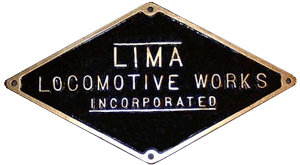
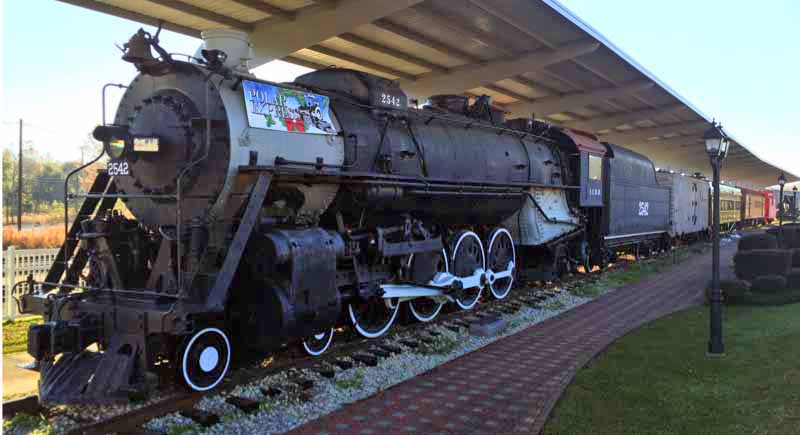
McComb, Ms / Dec 2015 / RWH

See also our McComb Railroad Depot Museum scrapbook in Preservation
Links / Sources
- George Drury, Guide to North American Steam Locomotives (Kalmbach, 1993) 206-7
- Richard Leonard's Steam Locomotive Archive Illinois Central collection
